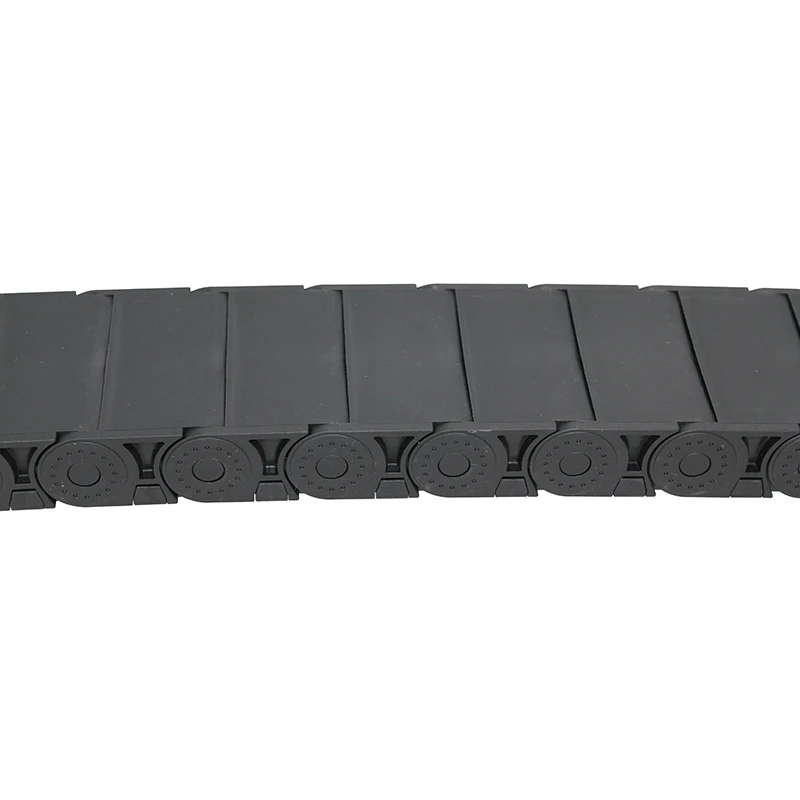Exploring the Impact of Wire Carriers on Modern Communication Systems
The Evolution and Impact of Wire Carriers in Modern Communication
In an era dominated by wireless communication, the concept of wire carriers may seem outdated or less relevant. However, the historical and ongoing significance of these carriers in the telecommunications landscape cannot be overstated. Wire carriers have played a crucial role in shaping the way we communicate, transmit data, and connect with one another. This article will explore the evolution of wire carriers, their impact on modern communication, and anticipate what the future might hold for this essential infrastructure.
Historical Context
The journey of wire carriers began in the 19th century with the advent of the telegraph. Samuel Morse’s invention revolutionized long-distance communication by allowing messages to be sent over wires, utilizing electrical signals to convey information almost instantaneously compared to traditional postal systems. This innovation laid the foundation for the development of telephone systems in the late 1800s, which gained widespread adoption thanks to Alexander Graham Bell's groundbreaking work.
Initially, wire carriers relied on copper wires to transmit voice and data signals. The infrastructure expanded rapidly, with phone lines becoming a staple in urban and rural areas alike. By the mid-20th century, the introduction of coaxial cables and fiber optics further transformed wire carriers, significantly increasing the capacity and speed of data transmission. Fiber optic technology, in particular, uses light to carry information at incredible speeds, enabling the massive data transfer required for today’s digital landscape.
Wire Carriers Today
In contemporary communication, wire carriers continue to serve a vital role. Although wireless technology has gained immense popularity, wire carriers remain the backbone of many telecommunications systems. Residential and commercial services often rely on wired connections for their stability and reliability. High-speed internet, telephony services, and cable television predominantly utilize wire carriers, ensuring uninterrupted service delivery.
The competitive landscape has also evolved. Traditional telephone companies now face competition from cable providers, satellite communication, and internet service providers (ISPs). Nevertheless, wire carriers have diversified their offerings, providing bundled services that include internet, television, and cloud solutions. This adaptability has allowed them to remain relevant in an increasingly wireless world.
wire carriers

The Role of Wire Carriers in the Digital Age
Wire carriers’ significance extends beyond physical infrastructure. They enable advancements in technology and support innovations such as cloud computing, smart homes, and the Internet of Things (IoT). With the proliferation of connected devices, a robust and reliable wired network is often essential for efficient operation. For instance, smart home devices rely on stable internet connections, which wired solutions can frequently provide, minimizing latency and ensuring seamless user experiences.
Moreover, wire carriers play a crucial role in ensuring data security. Wired connections are generally considered more secure than their wireless counterparts, which can be susceptible to interference and unauthorized access. Businesses handling sensitive information often prefer wired connections to protect their data integrity and privacy. This security aspect is becoming increasingly important as data breaches and cybersecurity threats continue to rise.
The Future of Wire Carriers
Looking ahead, the future of wire carriers seems promising. The demand for faster and more reliable connections shows no signs of waning, particularly with the expansion of 5G networks and increasing reliance on high-speed internet for both personal and professional use. As technology evolves, wire carriers will need to adapt to new challenges and opportunities.
Additionally, sustainability will play a vital role in shaping the future of wire carriers. As society becomes more environmentally-conscious, the telecommunication industry must seek ways to minimize its ecological footprint. This may involve upgrading existing infrastructure with greener materials and technologies or investing in energy-efficient data centers.
In conclusion, while wireless communication takes center stage in our daily lives, wire carriers remain an indispensable part of the telecommunications ecosystem. Their historical significance, ongoing relevance, and potential for innovation position them as a critical player in the future of communication. As we continue to embrace technology, wire carriers will undoubtedly evolve and adapt, ensuring we stay connected in a rapidly changing world.








